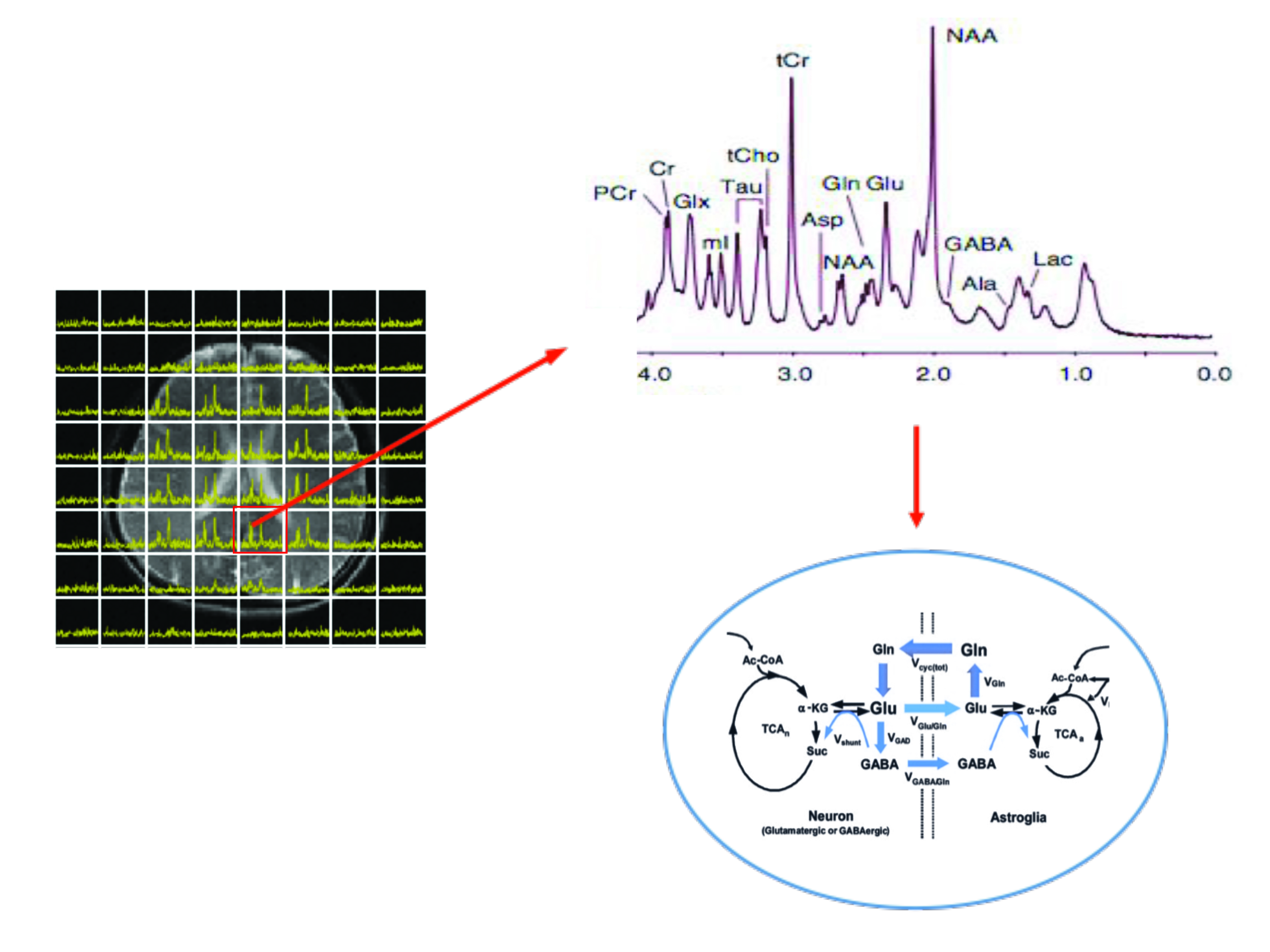Zhi-Pei Liang
 Molecular Imaging Using Magnetic Resonance
Molecular Imaging Using Magnetic Resonance
Molecular imaging has been a dream of biomedical imaging scientists for decades, and governments and industries have invested billions in this area. However, most existing molecular imaging techniques have to inject molecular probes and molecular reporters into a subject in order to obtain molecule-specific information from it, thereby limiting their practical utility. Magnetic resonance spectroscopic imaging (MRSI) has long been recognized as a potential powerful tool for non-invasive, label-free molecular imaging. However, clinical and research applications of MRSI have been developing very slowly due to several long-standing technical barriers, including long data acquisition time, poor spatial resolution, low signal-to-noise (SNR), and overwhelming nuisance signals (especially for 1H-MRSI). In order for MRSI to become a routine diagnostic and research tool for molecular imaging, accurate, spatially-resolved spectral information must be obtained reproducibly in a time acceptable to patients. Current MRSI methods, after more than three decades of research efforts and progress, still fall far short of providing this desired technical capability.
The primary objective of the proposed project is to devote a concentrated effort to bring a new MRSI technology into being by leveraging recent breakthroughs in this area. This technology, resulting from many years of research efforts, is based on a new approach to MRSI, which contains several key innovative features, including ultra-short TE acquisitions, sparse sampling of (k, t)-space, constrained image reconstruction, and statistical spectral quantification using spectral basis from quantum simulation. Preliminary results have shown an exciting potential of this technology to achieve an unprecedented combination of resolution, speed, and SNR for MRSI. This technology, when fully developed, can transform noninvasive, label-free molecular imaging.
